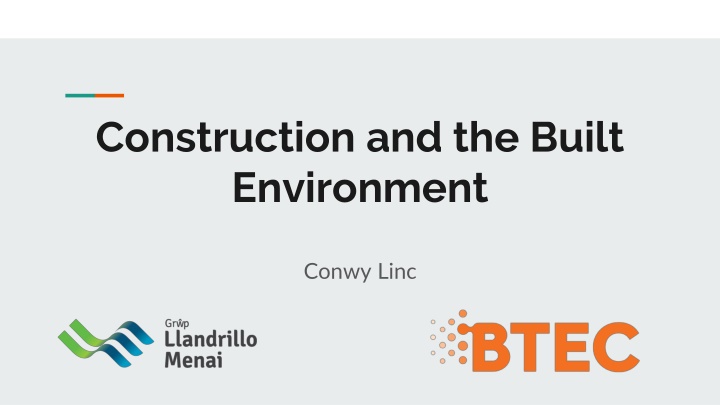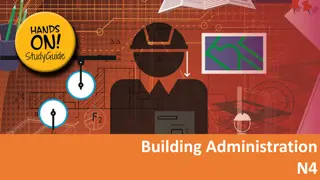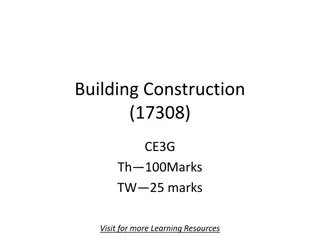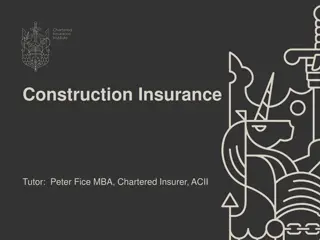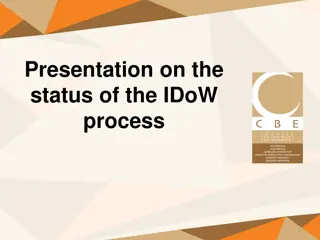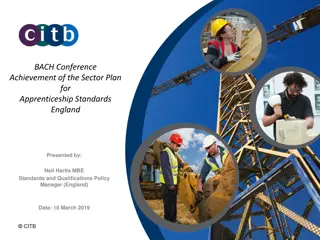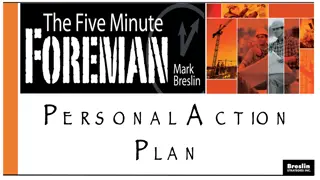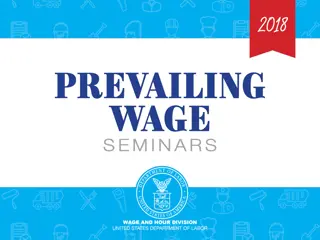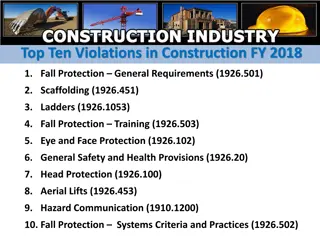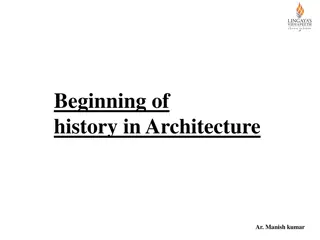Construction and the Built Environment in Conwy
the realities of construction and the built environment in Conwy, this content delves into the unique landscape and architectural elements of the region. From historical perspectives to modern developments, it offers insights into the challenges and innovations shaping the local infrastructure. Discover how Conwy's construction industry contributes to its overall urban fabric and enhances the quality of life for its residents.
Download Presentation

Please find below an Image/Link to download the presentation.
The content on the website is provided AS IS for your information and personal use only. It may not be sold, licensed, or shared on other websites without obtaining consent from the author.If you encounter any issues during the download, it is possible that the publisher has removed the file from their server.
You are allowed to download the files provided on this website for personal or commercial use, subject to the condition that they are used lawfully. All files are the property of their respective owners.
The content on the website is provided AS IS for your information and personal use only. It may not be sold, licensed, or shared on other websites without obtaining consent from the author.
E N D
Presentation Transcript
Construction and the Built Environment Conwy Linc
Construction is a very important global industry and is worth 90 billion annually to the UK economy. At technician level and BTEC Level 3 National Extended Certificate in Construction and the Built Environment beyond, there is a diverse range of career pathways, with established professional entry and development routes in civil engineering, building services engineering, design/architecture and construction supervision/management. Currently, qualified construction technicians, managers and professionals are highly sought after in the UK industry, with demand for a greater number of professionals to implement and lead low- carbon and sustainable building projects in an efficient, cost-effective way.
What does the qualification cover? The content of this qualification has been developed in consultation with employers and professional bodies to ensure that it is appropriate for those interested in working in the sector. In addition, higher education representatives have been involved to ensure that it fully supports entry to the relevant range of specialist degrees. There are four mandatory units, which cover the following aspects of construction: construction principles construction design health and safety in construction construction technology.
How will you be assessed? Assessment is specifically designed to fit the purpose and objective of the qualification. It includes a range of assessment types and styles suited to vocational qualifications in the sector. There are three main forms of assessment that you need to be aware of: external, internal and synoptic. External assessment: examinations all learners take the same assessment at the same time, normally with a written outcome set tasks learners take the assessment during a defined window and demonstrate understanding through completion of a vocational task.
How will you be assessed? Internal assessment: A range of appropriate assessment styles according to the learning set out in the unit is used to ensures that learners are assessed using a variety of styles to help them develop a broad range of transferable skills. Learners will be given opportunities to: demonstrate practical and technical skills using appropriate (tools/processes etc.) complete realistic tasks to meet specific briefs or particular purposes write up the findings of their own research use case studies to explore complex or unfamiliar situations carry out projects for which they have choice over the direction and outcomes.
How will you be assessed? Synoptic assessment: BTEC learning has always encouraged learners to apply their learning in realistic contexts using scenarios and realistic activities that will permit learners to draw on and apply their learning. Synoptic assessment takes place after the teaching and learning of other mandatory units in order for learners to be able to draw from the full range of content. The synoptic assessment gives learners an opportunity to independently select and apply learning from across their programmes in the completion of a vocational task.
What could this qualification lead to? This qualification will prepare learners for direct employment in the construction and built environment sector, apprentice or as part of other formal work- based learning. either as an Job roles include: apprentice construction project technician apprentice mechanical/electrical services technician apprentice construction design technician.
The qualification carries UCAS points and is recognised by higher education providers as contributing to admission requirements to many relevant construction courses. When combined with other qualifications within a study programme, such as two A Levels or an AS/A Level and another Extended Certificate, such as maths, science or art and design, learners can progress to higher education or to other areas of construction, such as architecture. What could this qualification lead to? BTEC National Degree programmes that learners could progress to include: BSc (Hons) in Construction Management BSc (Hons) in Property Management (Building Surveying) BSc (Hons) in Architecture BSc (Hons) in Civil Engineering
Any Questions Please contact your Head of Year of school for details on how to apply. For specific course details please contact the course coordinator Wyn Roberts by email at: robert16g@gllm.ac.uk An online meeting can be arranged to discuss things in more detail.
